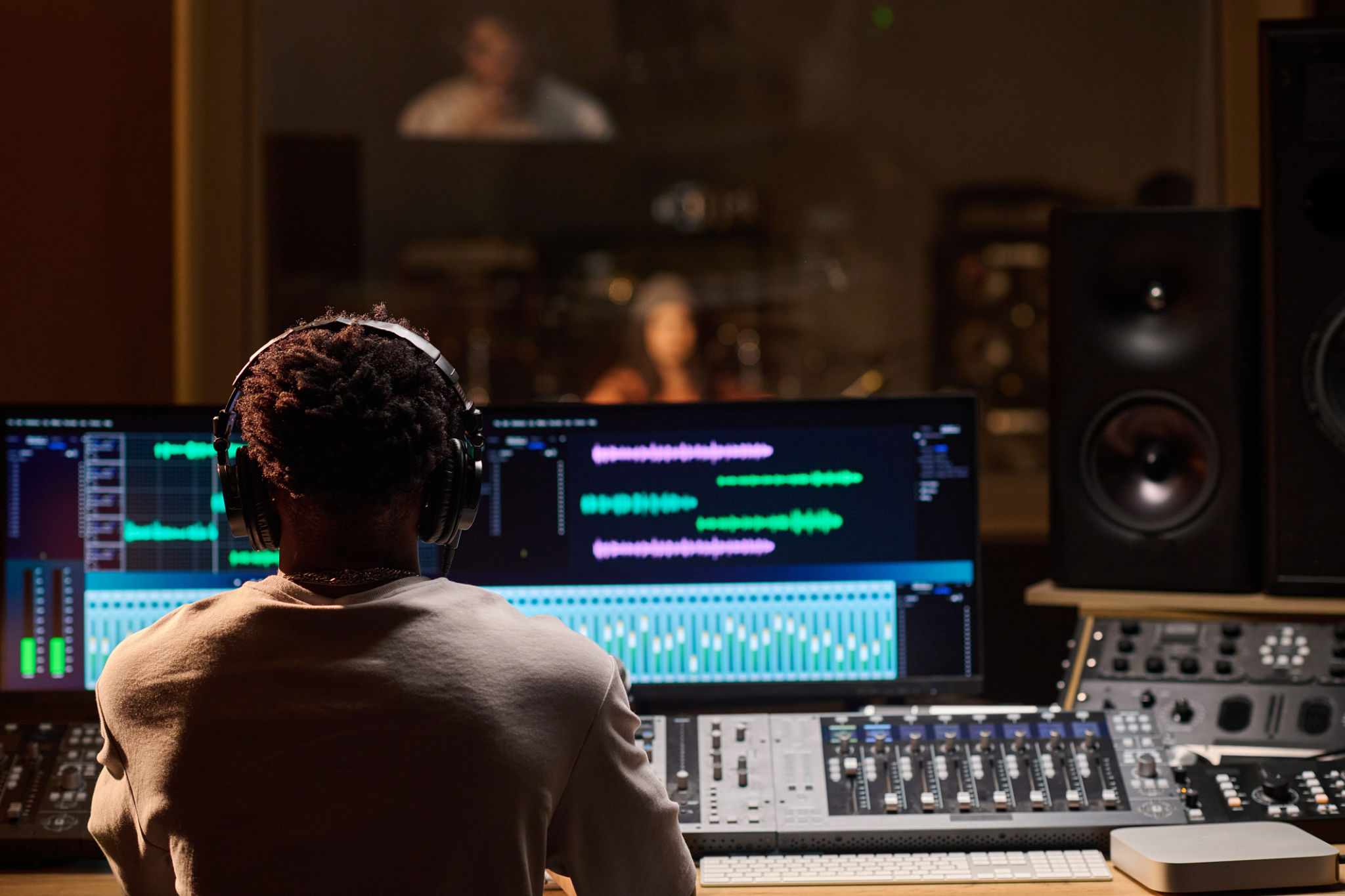A Beginner's Guide to Producing Amapiano Music: Tips and Techniques
Understanding Amapiano Music
Amapiano, a genre that originated in South Africa, has taken the world by storm with its distinct sound and rhythm. Known for its deep basslines, smooth jazz influences, and high-pitched piano melodies, Amapiano is a fusion of house music, jazz, and lounge music. If you're new to this genre and looking to produce your own tracks, it's essential to understand the key elements that make up Amapiano music.
The genre is characterized by its use of log drums, a prominent feature that gives Amapiano its unique sound. Additionally, the tempo typically ranges between 110 and 115 beats per minute (BPM). Understanding these basics will help you lay a solid foundation as you begin your music production journey.

Essential Equipment and Software
Choosing the Right DAW
To start producing Amapiano music, you'll need a digital audio workstation (DAW). Popular choices include FL Studio, Ableton Live, and Logic Pro X. Each has its own strengths and weaknesses, so it's crucial to select one that suits your workflow and production style. Many beginners prefer FL Studio due to its user-friendly interface and extensive library of plugins.
Investing in Quality Sounds
Amapiano production heavily relies on the quality of your sounds. Invest in high-quality sample packs that include log drums, percussions, and pads. These samples will form the backbone of your track and give it an authentic Amapiano feel. Additionally, consider using virtual instruments such as pianos and synths to add depth and variety to your compositions.

Creating Your First Track
Building the Beat
The beat is the heart of any Amapiano track. Start by laying down a simple drum pattern with kicks, snares, and hi-hats. Once you have a basic rhythm, layer in the log drums for that signature Amapiano sound. Experiment with different patterns to find one that resonates with your style.
Crafting Melodies
Melodies are crucial in defining the mood of your track. Use a piano or synth to create catchy melodies that complement your beat. Amapiano melodies often feature repetitive patterns with slight variations, adding to the track's groove. Don't be afraid to use jazz chords or progressions to add richness and complexity.

Mixing and Mastering Techniques
Mixing is an essential step in ensuring your track sounds polished and professional. Pay attention to balancing the levels of each element in your mix. Use EQ to carve out space for each instrument, ensuring nothing clashes or sounds muddy. Compression can help glue your track together, providing consistency throughout.
Once you're satisfied with your mix, move on to mastering. This final step enhances the overall sound and makes it suitable for distribution. Use a limiter to increase the track's loudness while avoiding distortion. Experiment with different mastering plugins to add warmth and clarity to your finished piece.
Final Thoughts
Producing Amapiano music can be a rewarding experience, allowing you to express creativity through a unique blend of sounds. Remember that practice makes perfect; don't be discouraged by initial challenges. Keep experimenting, learning from each track you create. With dedication and passion, you'll soon find your unique voice within the Amapiano genre.
